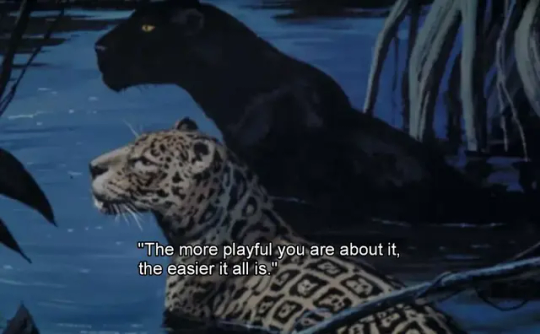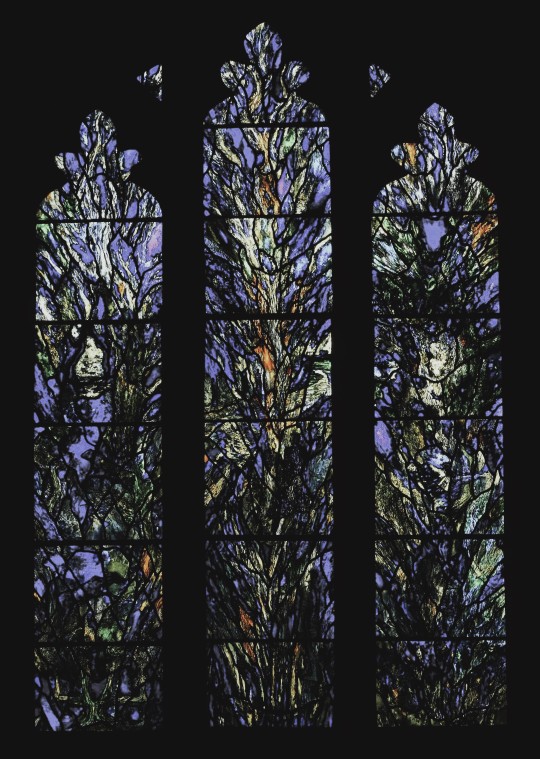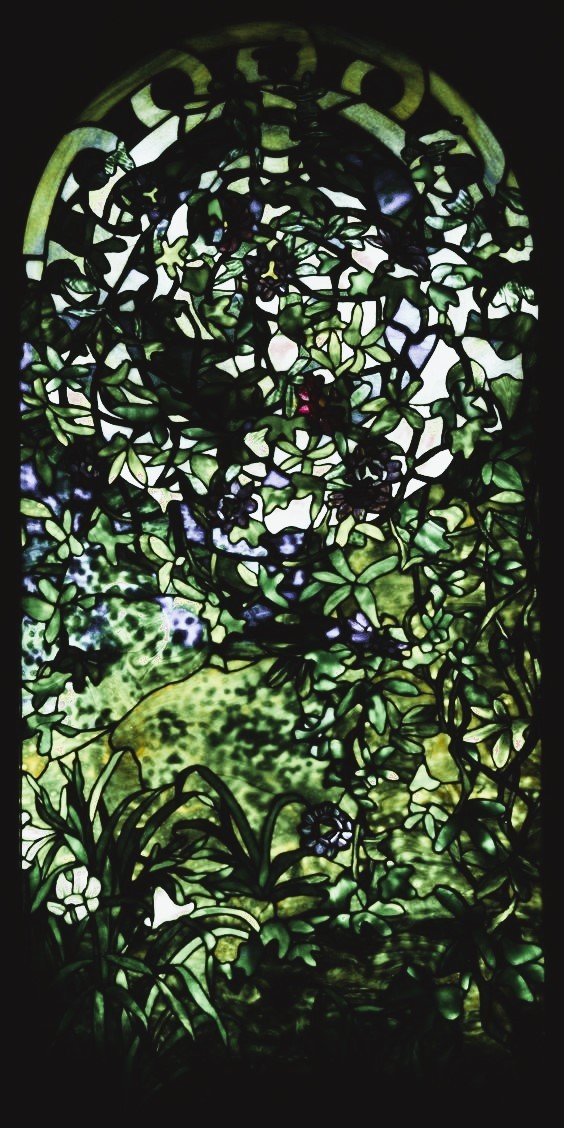(She/her) House MD brainrot is so real
Last active 60 minutes ago
Don't wanna be here? Send us removal request.
Text


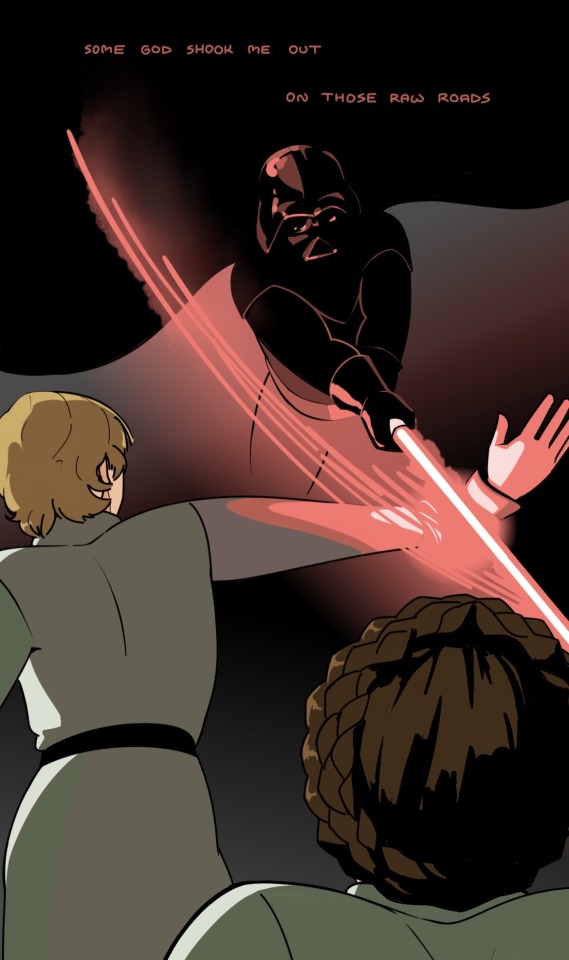

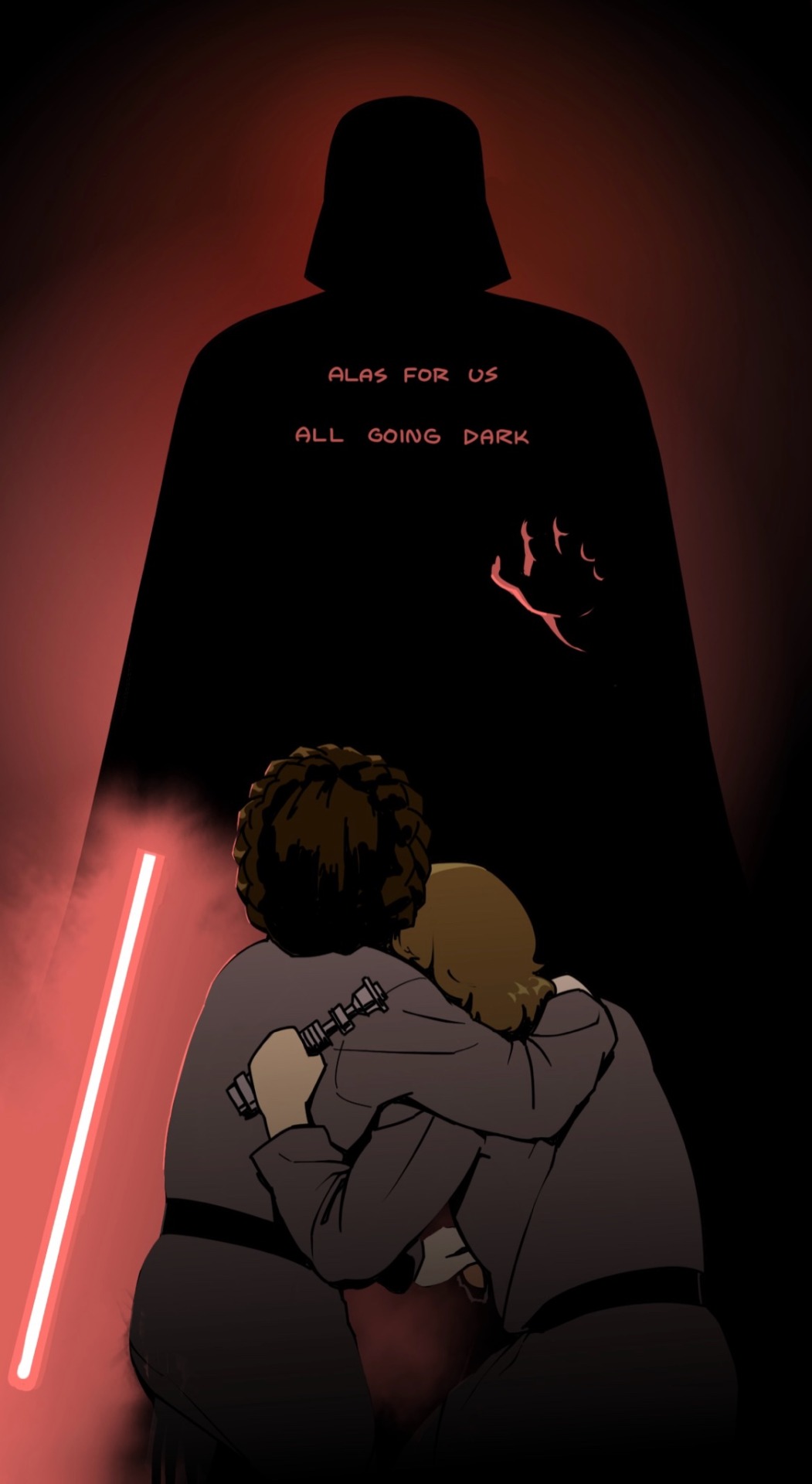
Words from Antigonick (Sophokles) translated by Anne Carson
2K notes
·
View notes
Text
every time a new Star War movie or show is announced all the fans are like “OMG Glup Shitto is back 😭😭😭”
50K notes
·
View notes
Text

I assure you: somebody, somewhere, is on the exact same wavelength as you are.
175K notes
·
View notes
Text
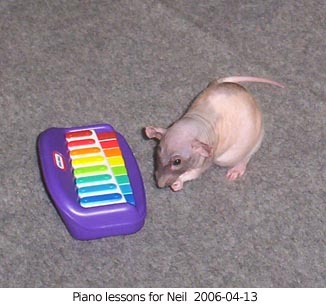
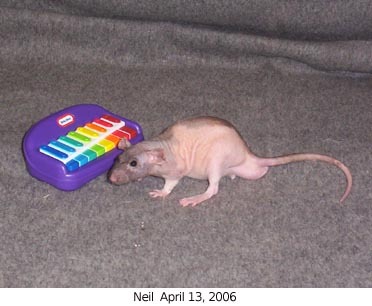
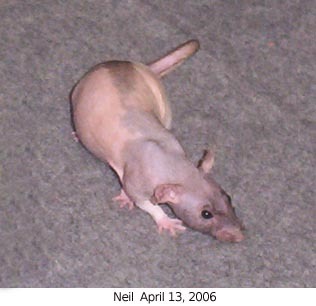

Happy Neil Day! Please enjoy the very rare alternate Neil images!
76K notes
·
View notes
Text

hello kitty pajamas girl vs. goth femboy - who will defeat the vicodin in house's heart
388 notes
·
View notes
Text
Spec biology: typology, seminal works, references
A taxonomy of the main types of speculative biology for the benefit (I hope) of beginners, with examples of the earliest/most influential works and references hopefully useful to make your own. Full list below the cut; will be expanded over time. (Please contact me if a link is down; I’ll try to keep them updated.)
0a. General references: useful for any kind of specbio project. The Speculative Evolution Forum, Laws of Evolution (Pavel Volkov, 2005), Furahan Biology and Allied Matters (Gert van Dijk, 2008, ongoing), Spec Evo Wiki Tutorials (yours truly, ca. 2014; include planets, ecology, physiology, naming, &c), Chase for a Blue Chimera (Volkov & Kilyachkov, ca. 2015; general treatise on SpecBio) Worldbuilding Resources, Alien Biosphere Evolution (Phrenotopia, 2018, ongoing), The Equations of Life (Charles Cockell, 2018), Alien Biospheres (Biblaridion, 2019, ongoing), Exocosm (Abbydon, 2020, ongoing)
0b. Naming: Forming classical scientific names (Grensted & Bradley, 1958); Dictionary of Greek/Latin Roots (Donald Borror, 1960); Guide to Naming (me, ca. 2014); Guide to (Vernacular) Names (Dr Nitwhite, 2021), The Specposium Guide to Taxonomy (Henry Thomas, 2024), Common taxonomic affixes (Wiki)
0c. Planets and climate: Geoff’s Climate Cookbook (2006), Worldbuilding Videos (Artifexian, 2014, ongoing), Worldbuilding (Winchell Cheung), Worldbuilding Pasta (2019, ongoing)
Online textbooks on Biology, Chemistry, Geosciences, Astronomy; list of Biological Strategies
Keep reading
273 notes
·
View notes
Text
Fantasy Biology Masterlist
It was about time I made a simple list of all the Fantasy Biology posts I’ve done so far, collected in one place. Some of the oldest ones are a different format, before I started doing them regularly, but I’ve included them anyway.
The species for these posts have been chosen by my wonderful Patreon supporters, from as little as $1 a month.
Mermaid Biology
Octopus Mermaid
Stingray Mermaid
Jellyfish Mermaid
Amphibious Mermaid
Monotreme Mermaid
Pegasus
Wyvern
Werewolf
Infectious Vampirism
Phoenix
Pixies
Unicorn
Cerberus
Naga
Griffin
Centaur
Satyr & Glastig Ecology
Manticore
Winged Humanoid (feathers)
Kelpie (water horse)
Cockatrice
Chinese Dragon
11K notes
·
View notes
Text
Here's what I spent the last two days on!

It's a chart of what each chemical element does in the human body, or in that of other organisms
EDIT 27-04-2025: corrected "Fe sulfate" to "Fe sulfide" in the sulfur box and added a note for titanium. See the DeviantArt link for more details.
3K notes
·
View notes
Text
house md fans are so easily entertained you just have to say cuddy wilson house threesome and they all come running
5K notes
·
View notes
Text
show more yonic gore i'm bored

29 notes
·
View notes
Text
Alien Questionnaire - A Biological Perspective
A while ago, somebody linked me a very comprehensive worldbuilding questionnaire. For most aspects of a fictional society, it was great, but I noticed it assumed that anyone using it was making up a fictional human society, or at least a society of beings very similar to humans. As such, there was almost nothing in the biology department, which to me is one of the best parts! Thus, this questionnaire was born.
These questions are designed to help people worldbuild from a biological foundation. As such, the questionnaire only touches lightly on other aspects of a fictional society, and is more of a jumping off point. I wrote it with the aim of using it to develop aliens, but it should be suitable for any project with non-humanoid species, such as sapient terrestrial animals.
Have fun! I'd love to see your answers :)
------------------------------------------------------------------------------
General Anatomy How many limbs do they have? Do they have limbs at all?
What are their primary manipulators? Where are they located? How does this affect their tool use, building ability, etc?
What kind of body covering do they have, e.g. hair, scales, feathers? How do they clean it? Do they shed this covering constantly, or all at once at certain times?
Can they maintain a constant body temperature? If not, how do they deal with changing environmental temperatures?
What kind of habitat do they live in? Both specific habitat, and broader such as on land vs in water.
What adaptations do they have for living in this habitat?
What kind of creature did they evolve from?
What are the similarities and differences to their closest living relatives?
What resource(s) is the most necessary and urgent for them? E.g. for many animals, but not all, it’s water.
What are some common mutations? E.g. eye colours, ability to digest lactose in humans.
What injuries or illnesses are considered disabling?
How is their healing ability? Can they regenerate? If they can, is that limited to certain body parts or a certain number of times?
Senses What senses do they have? E.g. sight, smell, electroreception, etc.
How good are those senses?
Which of their sense/s do they use the most in everyday life?
How might this choice of sense impact the way they interact with the world?
Can they detect things that Earth creatures cannot? If yes, how and why?
Movement How do they move? Do they walk, crawl, fly, etc?
If they have multiple modes of movement, which is preferred, and why?
Which part/s of their body do they use to move?
What is their speed and endurance like?
How agile are they?
Do they rely mainly on their own bodies for travel, or do they use pack animals and machines?
How often do they move around? Are they mainly sedentary, do they move a lot within a set area, do they migrate, etc?
Do they have different levels of mobility depending on age, sex, or other biological group? E.g. young barnacles are able to swim, while adults are anchored permanently to a surface.
Reproduction and Lifecycle How many sexes are there?
Are there differences between the sexes (ignoring the reproductive system)?
Are there different castes, such as in honeybees or naked mole rats? If so, what is the function of each caste?
Are differences in sex or caste used to justify discrimination or hierarchy? How might these ideas differ in different populations?
Do they have a concept of gender? If so, is gender affected by sex, caste, or some other factor?
How do they attract a mate? Do they release a chemical into the air, do an elaborate display, etc?
Does one individual try to actively woo another, or is courtship more mutual?
What do they find attractive in members of the same species?
What is the usual reproductive partnership? E.g. two individuals, one main reproducing individual with a harem, no set partner, etc.
How long do they live?
How are young brought into the world? Live birth, eggs, spores, etc?
Is producing young a painful, dangerous process, or is it easy?
How much parental investment is there? Are there many young with little investment, or few young with a lot of investment (r vs K strategy)? Or is it somewhere in the middle?
How many offspring are produced at a time? Think about how attitudes towards children may differ between a species that produces one or two, and a species that produces dozens or even hundreds at a time.
How do they grow? Are they born looking like miniature adults, gradually growing bigger? Do they have specific phases of high growth, like puberty? Do they have a larval phase, metamorphosis?
How self-sufficient are they as young? Can they move around and feed themselves as soon as they are born? Do they require parental care?
What is the usual structure of childcare? Single or multiple parents/related individuals? Communally raised?
Is sex purely for reproduction, or does it serve other purposes?
What kind of sexuality is considered the norm? This doesn’t just refer to same/other sex pairings, but the culture around sex in general.
Diet and Foodchain What is their diet? Are they carnivores, omnivores, frugivores, insectivores, etc?
Do they feed off an unusual source, for example rocks, metals, or (in appropriate settings) something like magic or souls?
What physical adaptations do they have for this diet?
Is their diet very restricted, or can they have a wide range of foods?
How often do they eat? What is the culture around mealtimes, if any?
Are they prey for other organisms? For each other?
If they are, how do they deal with it? Do they fight back, have barriers, or do they accept it as a part of life?
If they are hunters themselves, what is their attitude to killing other organisms? Are they respectful? Prideful of their kill? Is it completely trivial?
If they are hunters, how do they hunt? Are they solitary or packhunters? Are certain members of the group designated to hunt?
Are the results of foraging or hunting shared, or is it everyone for themself?
Are they parasitic, parasitised, or in a symbiotic relationship with any other organisms?
Body Rhythms How often do they sleep?
What time of the day are they most active? Are they nocturnal, diurnal, crepuscular?
Do they generally sleep for one long period a day, multiple shorter periods throughout, or something in between?
Do they sleep to cope with extreme temperatures or bad conditions, i.e. hibernate or aestivate?
Do they have any biological processes that disrupt their life e.g. moulting, reproductive cycles, etc?
If yes, how does their society accommodate for these processes? Does it accommodate them at all?
Communication What is their main method of communication? Sound, visuals, scent, etc? Think about their main sense and how this would affect communication.
What is their body language like? What small moving parts might aid their body language?
If they have multiple methods of communication, are they all given equal weight, or is one considered higher than others?
Society How sociable are they?
If social, what is the usual social structure?
Are there hierarchies? How strict or relaxed are the roles?
How are disputes usually settled? Is it more common to be violent or appease the other party?
If not social, what is the reaction to being with other individuals? Do they become aggressive or stressed? Do they tolerate each other?
What is the usual size of a community? Do they have communities at all?
Do they have an in-group vs out-group mentality? If so, how strong is it? This generally relates to how scarce or plentiful resources were during their evolution, and how territorial their ancestors were.
What kind of bonds do they form?
On the spectrum of individualistic to community-oriented, where do they fall?
Do they have a strong sense of personal identity? Think about how this might tie in with the previous question.
What are the main things they derive identity from? Occupation, gender, family ties, etc?
Do they have names? If yes, how are these names formed? Are they given by another party or chosen by the individual?
Have they domesticated any creatures? If so, what do they use these creatures for?
Do they have any unusual relationships with other creatures on their planet (beyond predation, parasitism or mutualism)?
Do they produce art? What are their main forms of artistic expression? Think about how this will be linked to their main sense(s), communication method, and/or primary manipulators.
------------------------------------------------------------------------------
GLOSSARY Primary manipulator: Main body part used to manipulate objects, e.g. hands in humans, trunks in elephants, feet in parrots.
Sedentary: Inactive, staying in the same place.
Caste (reproductive): A group within a species with differences in body type and reproductive ability.
Symbiosis/Mutualism: Interactions where both parties benefit, e.g. cleaner fish getting a meal in exchange for picking irritating parasites off larger fish.
Aestivate: To become inactive during hot or dry periods, usually involving being sealed in mucus or soil e.g. lungfish, snails.
Reproductive cycle: Regular hormone fluctuations that affect an animal’s fertility or attitude towards breeding. The cycles can range from months to years and can include things such as antler growth in male deer, heat cycles, and menstruation in humans.
2K notes
·
View notes



